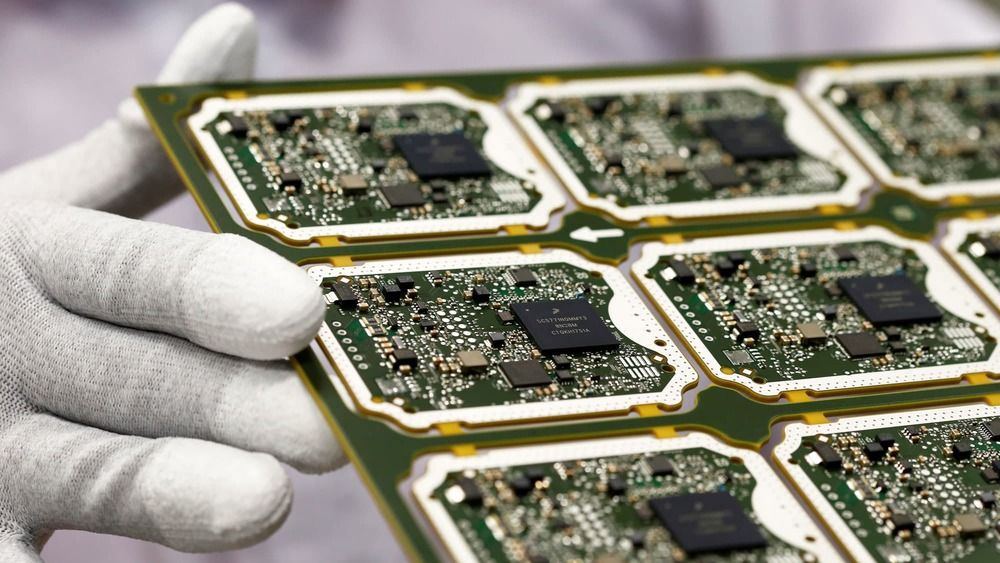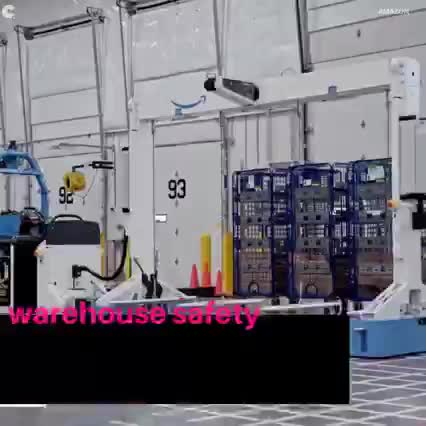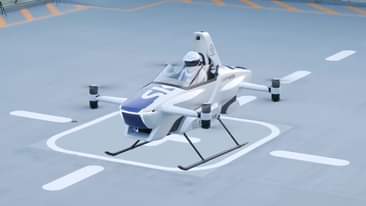A global semiconductor shortage is causing havoc, delaying car production and affecting operations at large consumer electronics manufacturers.



SpaceX’s plans land it near trouble.
Musk Reads #252

It’s good that this could improve warehouse safety.
But what about people’s job security?
Cheddar news.
Amazon unveiled four new warehouse robots (Ernie, Bert, Scooter and Kermit) on Sunday. The group is currently undergoing testing and development to help reduce injuries and strenuous activities for their human colleagues.





